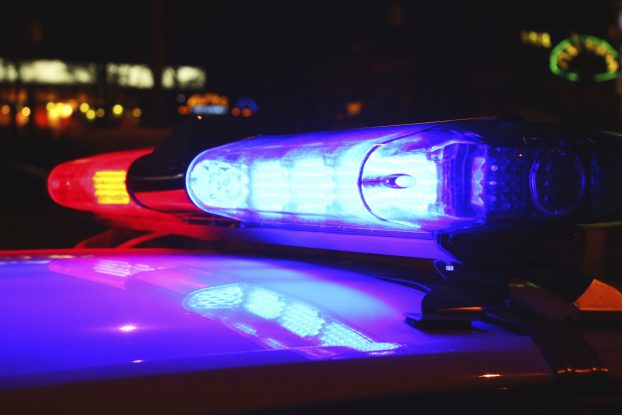Library holds Lunch N Learn program with live snakes
Published 12:00 pm Friday, November 10, 2023
|
Getting your Trinity Audio player ready...
|
VALLEY — Attendees at a Thursday afternoon Lunch N Learn program at Bradshaw-Chambers County Library had no idea they would be taking part in a “touch a snake” event, but that’s what happened and everybody was okay with it.
Michelle Simpson and Michael Moultrie of the Auburn University Museum of Natural History brought with them a corn snake and a rat (or chicken) snake with them. At the end of the program, they took the snakes around the room and allowed those present to touch them.
“It sure doesn’t feel like what you think it would,” said a woman while touching the skin of the rat snake.
Simpson is the museum’s outreach administrator and Moultrie is a doctoral student in the College of Education.
Simpson absolutely loves her job. It gives her the opportunity to explore and make presentations on the rich biodiversity that’s present in the state of Alabama. “Next to the Amazon, no place in the Americas has the kind of fresh water biodiversity that’s found in Alabama,” Simpson said. “The rivers in our state have large populations of mussels and crayfish. We also have lots of different types of fish and turtles.”
Simpson and Moultrie had a display table that included such items as a large tortoise shell, an alligator skull, a framed display of the types of dragonflies that an be found in the state, a cone from a longleaf pine, a beaver pelt, a snakeskin and a large mussel shell.
Alabama rivers have more different types of plants and animals living in them than any other state in the nation. On the Cahaba River alone, for example, the state has some of the most abundant shoals spider lilies that can be found anywhere. The abundance of plant and animal life in Alabama rivers is the good news; the bad news is that Alabama has one of the highest extinction rates in North America, many of which are species that live in rivers.
Alabama has approximately 77,242 miles of river, of which only 61.4 miles are designated wild and scenic. This is less than one-tenth of one percent of the state’s river miles.
Though the Chattahoochee is a Georgia river, it’s a special place for many who live along it in Alabama. Simpson said she has taken a canoe trip down the river past Valley and has personal knowledge of what a special place it is.
Plant and animal life in Alabama has been studied for more than 250 years. More than two million of the state’s plant, animal, fungal and bacterial species have been catalogued scientifically. This only scratches the surface. There could be as many as 30 million different species that inhabit this state.
Biodiversity is a very broad subject. It includes all living things on planet Earth. As humans, our very existence is dependent on the living world around us. It provides the clean air, water, food and shelter necessary for life itself. More than 90 percent of the medicines that keep many of us healthy comes from the natural world around us.
The Auburn University Museum of Natural History is located at the M.W. Smith Hall, 381 Mell Street, on the Auburn campus. The Biodiversity Learning Center is approximately 15,000 square feet in size and houses vast collections of plants and animals.
The Auburn Museum of Natural History is dedicated to serving the community through education and outreach. Museum staff participate in various programs both on campus and across the state, serving more than 2,000 people each year. The museum welcomes school groups from pre-K to high school for educational programs. Staff are certified in programs such as Project Learning Tree, Project Wild, Project Wet and others. For more information, go to aumnh.aubun.edu.
TOUCH A SNAKE DAY — A Lunch N Learn program became “touch a snake day” Thursday at Bradshaw-Chambers County Library. Michelle Simpson (left) and Michael Moultrie (right) of the Auburn University Museum of Natural History brought some live snakes with them to the program. Attendees had a chance to feel the skin of a corn snake and a rat snake. Simpson is the museum’s outreach administrator and makes many appearances around the state.




